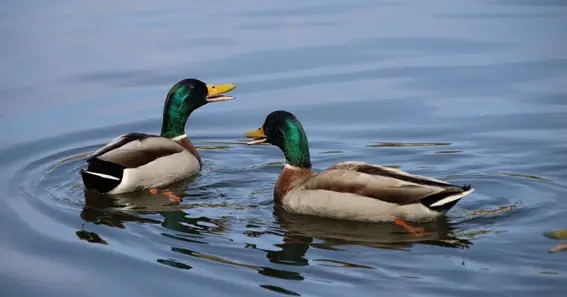Lakes are dynamic ecosystems that support a rich diversity of wildlife. From the depths of freshwater bodies to their surrounding shores, numerous species have adapted to thrive in these habitats. Understanding the animals that live in a lake is essential for appreciating the complexity and balance of these natural environments.
Fish: The Primary Inhabitants
Fish are among the most prominent residents of lakes, playing crucial roles in the aquatic food web. Common species include:
- Bass: Predatory fish that feed on smaller fish and invertebrates, helping to maintain ecological balance.
- Catfish: Bottom-dwellers known for their whisker-like barbels, which aid in detecting food in murky waters.
- Trout: Often found in cooler, oxygen-rich waters, they are indicators of healthy lake ecosystems.
These fish species contribute to the biodiversity and health of lake environments.
Birds: The Aerial Visitors
Lakes attract various bird species, many of which depend on these water bodies for feeding and nesting:
- Ducks: Commonly seen dabbling in shallow waters for aquatic plants and insects.
- Herons: Wading birds that hunt for fish and amphibians along the shoreline.
- Swans: Graceful birds that feed on aquatic vegetation and often mate for life.
These birds play significant roles in controlling insect populations and dispersing plant seeds.
Mammals: The Semi-Aquatic Residents
Several mammals have adapted to life in and around lakes:
- Beavers: Known for building dams and lodges, they create wetlands that benefit numerous species.
- Otters: Playful predators that feed on fish and invertebrates, indicating a healthy ecosystem.
- Minks: Semi-aquatic mammals that hunt fish, amphibians, and small mammals along lake shores.
These mammals contribute to the ecological diversity and function of lake habitats.
Invertebrates: The Underwater Dwellers
Invertebrates form the foundation of the lake food web:
- Crayfish: Serve as both predators and prey, playing a pivotal role in nutrient cycling.
- Freshwater Mussels: Filter feeders that improve water quality by removing particulates.
- Aquatic Insects: Such as dragonfly larvae and mayflies, which are essential food sources for fish and birds.
These invertebrates are crucial for maintaining the health and balance of lake ecosystems.
Conservation and Importance
Preserving lake habitats is vital for the survival of these diverse species. Human activities, such as pollution and habitat destruction, pose significant threats to lake ecosystems. Conservation efforts focus on protecting water quality and habitat integrity to ensure these animals continue to thrive.
By understanding the variety of wildlife in lakes, we gain insight into the delicate interplay of species that ensures the health of these vital water bodies.
FAQ
- What types of fish are commonly found in lakes?
- Common lake fish include bass, catfish, and trout, each playing unique roles in the ecosystem.
- How do birds utilize lake environments?
- Birds such as ducks, herons, and swans use lakes for feeding, nesting, and as stopover sites during migration.
- Which mammals are typically associated with lakes?
- Beavers, otters, and minks are mammals commonly found in and around lake habitats.
- What role do invertebrates play in lake ecosystems?
- Invertebrates like crayfish, freshwater mussels, and aquatic insects are essential for nutrient cycling and serve as food for higher trophic levels.
- Why is lake conservation important?
- Protecting lake ecosystems ensures the survival of diverse species and maintains ecological balance, which benefits both wildlife and human communities.










